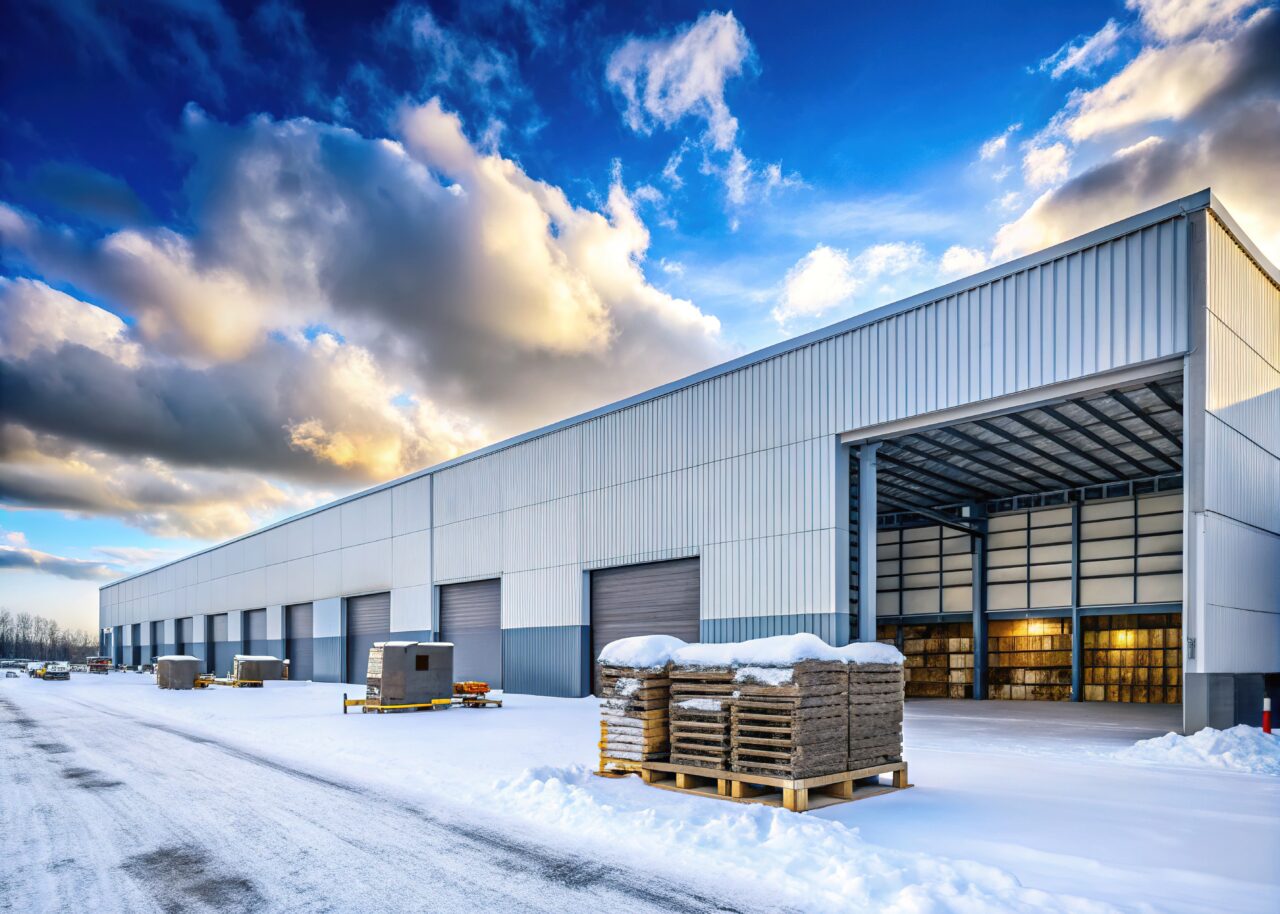As temperatures drop, preparing your commercial facility for winter’s unique challenges becomes essential. A winterization checklist not only protects your property and equipment but also minimizes downtime and preserves profitability during the colder months. Here’s a comprehensive winterization checklist to help you get ahead of the season.
1. Heating Systems Checkup
- Service HVAC Units: Schedule a thorough inspection of all heating systems, including boilers, heat pumps, and furnaces. Replace air filters and ensure components function properly to prevent unexpected breakdowns.
- Inspect Ductwork: Check for any leaks or gaps in ductwork that could cause heat loss, which strains the system and increases costs.
- Optimize Thermostats: Calibrate programmable thermostats for seasonal temperatures. This not only optimizes comfort but also conserves energy.
2. Plumbing Protection
- Insulate Pipes: Exposed pipes are prone to freezing, which can lead to costly repairs and water damage. Insulate pipes in unheated areas, such as basements and exterior walls, with foam sleeves or heat tape.
- Drain Exterior Faucets: Drain water from outdoor spigots and shut off water supply to exterior hoses to prevent freezing.
- Check Water Heaters: Inspect water heaters to ensure they’re set to a consistent temperature and are free of leaks or corrosion.
3. Roof and Gutter Maintenance
- Inspect the Roof for Damage: Cold temperatures, ice, and snow can exacerbate roof issues. Inspect for loose or damaged shingles, especially if your facility’s roof is older.
- Clear and Maintain Gutters: Clogged gutters can lead to ice dams and water damage. Clear debris and check for proper drainage to avoid water pooling.
- Insulate Attics: An under-insulated attic allows heat to escape, leading to higher energy costs and potential ice dams on the roof.
4. Snow and Ice Preparedness
- Service Snow Removal Equipment: Ensure that snow blowers, shovels, and other removal equipment are in good working order.
- Plan Snow Removal Services: If you rely on an external service, confirm your contract and ensure you have a designated removal plan, especially for heavy snowfall.
- Stock Up on Deicing Supplies: To ensure the safety of sidewalks and entrances, stock up on deicing salt or eco-friendly alternatives.
5. Seal Openings and Enhance Insulation
- Weatherproof Windows and Doors: Inspect seals and weather stripping to prevent drafts, which can raise heating costs and reduce indoor comfort.
- Check Insulation: Evaluate and improve insulation in walls, attics, and basements to ensure the building retains heat efficiently.
- Inspect Entryways: High-traffic entryways may need extra mats and insulation barriers to prevent cold drafts from entering.
6. Lighting and Electrical Checks
- Outdoor Lighting Maintenance: Shorter days mean more reliance on outdoor lighting for safety. Check bulbs and timers and consider energy-efficient LED options.
- Inspect Electrical Panels: Cold weather can strain electrical systems, so inspect panels for any loose connections, corrosion, or damage.
- Emergency Power Readiness: Test backup generators and ensure your facility has a reliable power backup plan in case of power outages.
7. Fire Safety Preparations
- Test Smoke and Carbon Monoxide Detectors: Winter heating systems can increase the risk of fire or carbon monoxide buildup. Ensure all detectors are working properly and replace batteries if needed.
- Clear Vents and Flues: Blocked vents can trap dangerous gases, so check that all ventilation points are clear of debris, snow, or ice.
- Review Fire Safety Equipment: Confirm that fire extinguishers and sprinkler systems are accessible and in good condition.
8. Safety Measures and Employee Preparedness
- Establish Winter Emergency Protocols: Review emergency plans with your team, covering fire evacuation, power outage response, and snow removal protocols.
- Supply Extra Mats and Rugs: Snow and ice at entrances can make floors slippery. Adding extra mats and signage can prevent slips and falls.
- Monitor Indoor Humidity Levels: Low humidity can create a dry indoor environment, leading to static electricity, dry skin, and even damage to wood materials. Humidifiers or balancing systems may be beneficial.
Secure Your Facility This Winter with a Complete Winterization Plan
Winterization is an investment in your facility’s longevity, safety, and comfort. With careful planning and seasonal adjustments, you can reduce energy expenses, protect your infrastructure, and minimize the risk of costly repairs. Reach out to a trusted facilities management partner to ensure your checklist is covered so you can face the winter with peace of mind.
Get started with your winterization checklist today.
CALL US NOW AT 615.567.1000

